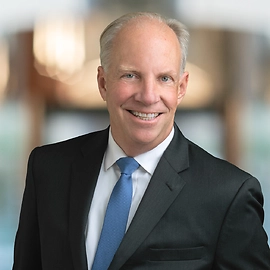For the last week or so, the health reform public policy debate has been keyed to the Senate HELP Committee’s draft and thus dominated by whether or not the “Exchange” to be employed in access reform should include a “public plan” and, if so, whether such a plan should have the power to access provider payment rates tied to Medicare and whether Medicare participating providers would be required to contract with it. With this week’s release of the Senate Finance Committee’s draft, it will be interesting to see whether payment reform can similarly capture the attention of the press. Frankly, we have low expectations in this regard insofar as the consequences that the prevalence of fee for service payment methodologies have on health care output are hard to grasp relative to the easier concept of “universal coverage”. Perhaps it is ultimately less important that payment reform capture the air waves than the degree to which payment reform is incorporated in whatever pieces of health reform make it through this session of Congress.
There are, of course, a few helpful signs. The New York Times gave front page treatment to the President’s public embrace of the payment reform issue and his distribution of the Gawande article on health care incentives in the New Yorker. The New America foundation released a report on delivery system change which White House Health leader Nancy Anne DeParle also applauded. These may, however, faint notes against a cacophony of sound around the easier to enunciate (though themselves ill understood) concepts around public plan and access.
Gawande, Len Nichols, Peter Orszag and others are of course right that changing the predominant fee for service incentives that power the health care delivery system is vital to improving both the cost and quality of American health care. Using “medical home”, “accountable care organization”, and episode payments will begin to inject new incentives into the planning and care paths chosen by providers. We expect that Senator Baucus’ Committee draft will begin to increase the content of these payment methodologies into the fuel that powers our enormous health care engine. They are the crucial elements to the much lauded quest to “bend the health care cost curve”. Therefore, even if they do not capture the attention of CNN and MSNBC, the strength of these reform elements in the Senate Finance Committee’s bill, and their survival, bears watching by all who invest in as well as receive health care.
Blog Editors
Authors
- Chair—Board of Directors / Member of the Firm
